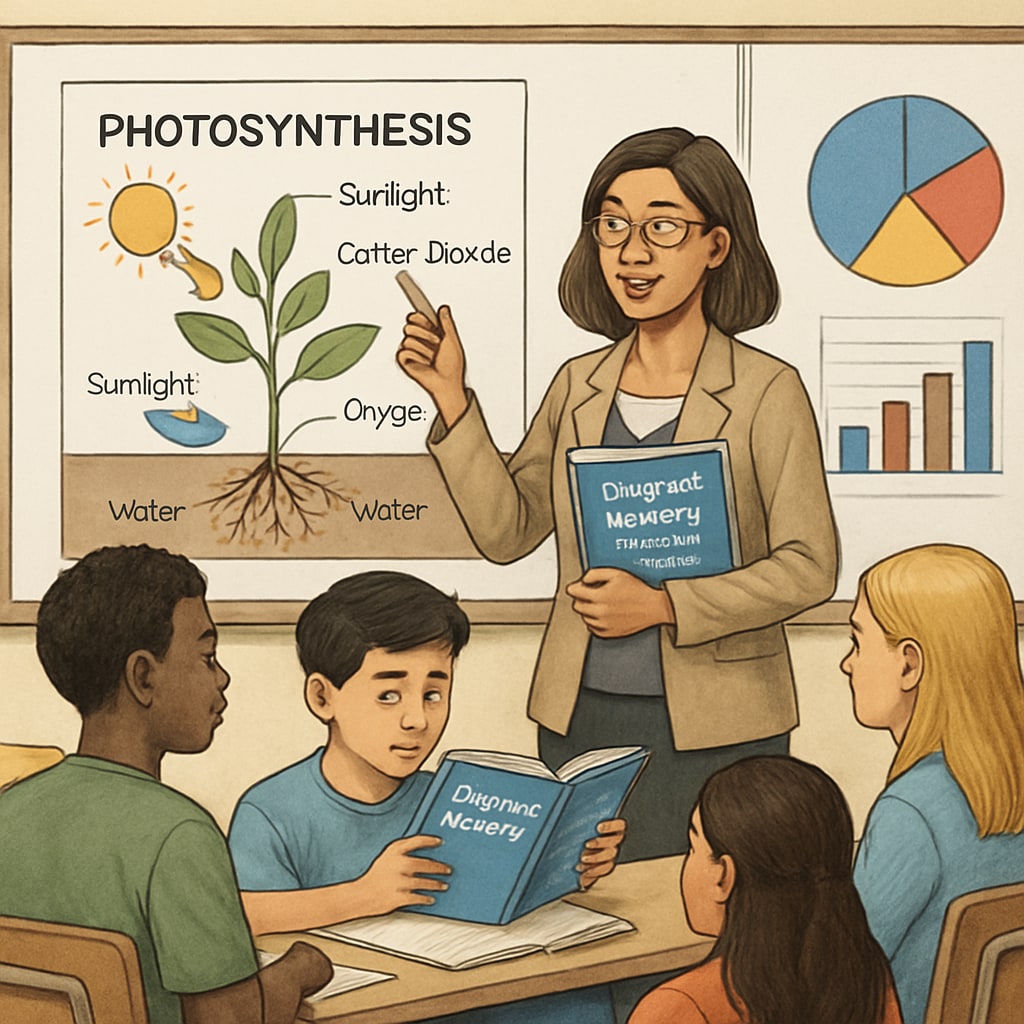Teaching high school science to a class with a high proportion of English learners (ELLs) presents unique challenges that require thoughtful strategies. By combining language support, differentiated instruction, and collaborative learning, educators can create an inclusive environment that promotes both scientific knowledge and language development. This approach benefits not only English learners but also native speakers, fostering a diverse and engaging classroom culture.
Language Support: Bridging Communication Gaps
Effective communication is the cornerstone of teaching science to English learners. To overcome language barriers, teachers can implement scaffolding techniques, such as using visuals, graphic organizers, and simplified language. For example, incorporating labeled diagrams or interactive simulations can help students grasp complex scientific concepts without relying solely on verbal explanations.
Another essential tool is the use of bilingual glossaries and translation apps, which allow students to understand key terms in both English and their native language. Teachers should also encourage students to use academic language by modeling sentence structures and introducing vocabulary through context-rich activities.

Differentiated Instruction: Tailoring Learning Experiences
Not all English learners have the same level of language proficiency or scientific understanding. Differentiated instruction enables educators to address individual needs by varying teaching methods and materials. For instance, teachers can group students based on their proficiency levels and assign tasks that match their abilities.
Flexible grouping allows advanced learners to engage in higher-order thinking activities, while beginners focus on foundational concepts. Using tiered assignments, educators can provide simpler tasks for students who need extra support while challenging more proficient students with complex problem-solving exercises.
- Provide multiple formats for content delivery, such as videos, hands-on experiments, and interactive software.
- Use formative assessments to identify gaps in understanding and adjust instruction accordingly.
- Offer options for demonstrating knowledge, such as oral presentations, written reports, or multimedia projects.

Collaborative Learning: Encouraging Peer Interaction
Collaboration is a powerful tool for language and science learning. Group activities encourage students to interact with peers, practicing language skills while exploring scientific concepts. Teachers can create mixed-language groups to foster peer tutoring, where more proficient students support their English learner classmates.
For example, during a lab experiment, students can work together to record observations and discuss results. Structured activities like jigsaw tasks, where each group member contributes a specific part of the project, ensure that all students actively participate.
Additionally, cooperative learning builds confidence and reduces the anxiety English learners often feel in traditional classroom settings. By working in teams, students develop communication and problem-solving skills essential for their academic and personal growth.
Conclusion: Building Inclusive Classrooms
Creating an inclusive high school science classroom for English learners requires a combination of strategies that address both language and content learning. By providing language support, implementing differentiated instruction, and fostering collaborative learning, teachers can help students overcome language barriers and thrive academically. These approaches not only enhance scientific understanding but also empower students with the skills they need for success in a diverse world.
Readability guidance: Use concise paragraphs and lists to summarize key points; ensure a balance between academic terminology and accessible language. Avoid overloading sentences with complex structures, and use transitions to maintain a smooth flow.


